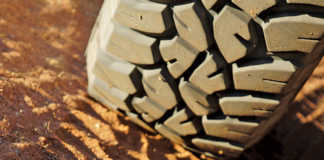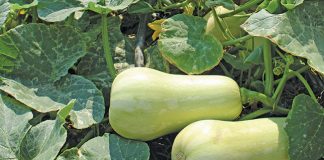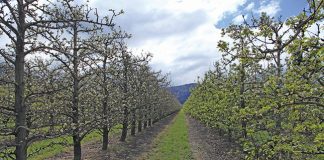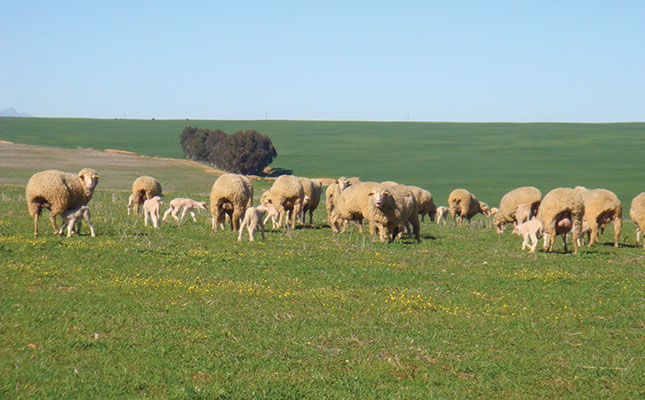
Photo: Theo Oosthuizen
The Letelle sheep breed has European origins. It descends from the Rambouillet or French Merino, the development of which can be traced back to 1786, when King Louis XVI of France purchased more than 300 Spanish Merinos (seven wethers, 41 rams and 318 ewes) from his cousin King Charles III of Spain.
The Rambouillet, a plain-bodied sheep with very fine wool, was exported all over the world, including to South Africa. A dual-purpose animal, raised for both meat and wool, it flourishes to this day, and formed the backbone of the Letelle in this country.
READ Beware of these five parasites in sheep
“The foundation for the Letelle was laid about a hundred years ago by legendary breeder TP van der Walt, who can rightly be called the father of the breed in South Africa,” says Theo Oosthuizen, owner of the Blandfort stud near Dealesville in the Free State.
“In the early 1920s, he bought 35 fine-wool Rambouillet-type ewes, as well as three rams with the same qualities, to serve at the core of his breeding plan. He wanted to breed a polled Merino that would yield the optimal amount of meat and wool per grazing hectare.”
Mutton and wool
Van der Walt’s objective was to develop a medium-sized, smooth-bodied animal with top mutton conformation and uniformly fine Merino-type wool. Resistance to diseases and parasites was also imperative, as were prepotency (ability to pass genetic characteristics onto progeny), fertility and strength.
READ Meet one of SA’s top Merino wool producers
He chose to apply line- and closed-breeding principles to his flock. (Line breeding is the intentional mating of distantly related animals; closed breeding is the most intensive form of inbreeding, as the two animals being mated share more than one close relative.)
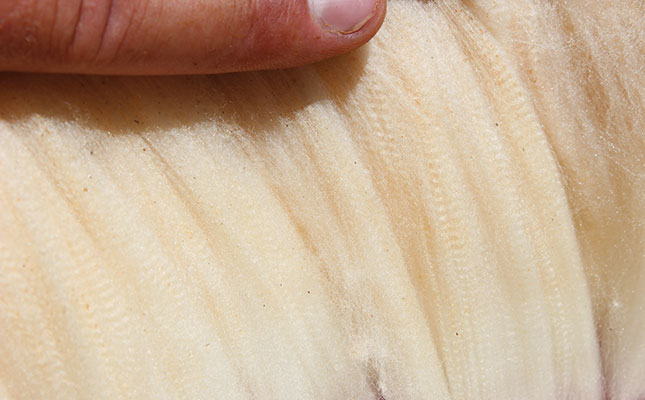
It took Van der Walt 25 years of strict selection and breeding to achieve the type of sheep he had envisaged and finally, in the 1950s, the Letelle breed was introduced to the South African farming fraternity.
It was from this original flock that groundbreaking breeders such as Gabby de Klerk, Toitjie du Toit and his son Gerrie started their Letelle studs in the 1950s, and from whom Oosthuizen purchased his first sheep in 2004.
Oosthuizen currently manages the Blandfort stud with his son, Malherbe.
“I decided on the Letelle because of the breed’s innate ability to not only survive but excel under the highly extensive farming conditions of the western Free State. The western half of the province has a semi-arid climate with a mean annual rainfall of about 450mm, although we received an average of 800mm over the past two years. In 2019, during the drought, we had only 290mm,” he says.
The grazing on the farm is dominated by red grass (Themeda triandra) on sandy and clay soils. This is augmented with irrigated lucerne and a mix of planted pasture, which includes korog or triticale (× Triticosecale), a wheat-rye hybrid, chicory and radish. The pastures are used for ewes and lambs after winter.
The 1 800ha farm was originally divided into 92 camps of about 20ha each. However, at the time of Farmer’s Weekly’s visit, these were being subdivided into areas of 10ha, and then further subdivided with electrified fencing into 2,5ha units, as part of Oosthuizen’s holistic strip grazing philosophy.
Top performance
“The Letelle has proven its worth over and over again in our sometimes very taxing farming conditions,” says Oosthuizen. “The breed’s lambing ease, exceptional growth, top wool production and outstanding slaughtering percentages make it a truly economical choice for any prospective sheep producer.
“We wean at 100 days at a weaning weight of 28kg to 32kg, depending on the condition of the grazing at the time. This year, we plan to keep the lambing ewes on the planted pastures to allow for earlier weaning at 60 days old.
“The exceptional growth rate is underscored by the fact that lambs gain between 250g
and 350g a day. Weaners are backgrounded on the farm to a maximum weight of 47kg.
“The slaughtering percentage of a 20kg carcass, a popular weight on the market, fluctuates between 47% and 50%.”
READ Consumers switch to chicken as lamb and beef prices rise
Wool quality is of the utmost importance to Letelle breeders, thus they make use of the Duerden standard for selection purposes, which has resulted in a clip of 18 microns and finer over many years.
The Blandfort stud follows a group breeding system of 21 days. The genetics used are immutable, and only rams that adhere strictly to the breed standards are used.
According to the Letelle breeders’ society, a breeder using a Letelle ram is assured of its prepotency, as the breeding policy has remained unchanged for more than 80 years. The rams are known for their virility and vitality, and are able to serve in excess of 60 ewes each.
Profitable business
With his 600-head flock, Oosthuizen’s mission is to breed hardy, well-rounded, no-nonsense, money-making sheep. He also remains true to the Letelle breeding policy which has, since the 1920s, been based on a process of natural selection on the veld.
Breed standards are vital to ewe selection, and any animals that fail to meet these standards are culled.
The ideal Blandfort ewe shows a harmonious integration of the various body parts, with strong, rounded hindquarters and a bowed topline. She must also be feminine with wedge-shaped conformation, and weigh between 48kg and 55kg. Pigmentation around the eyes is also fundamental.
READ The importance of breeding seasons and good male genetics
Having accurate and complete records of livestock is more important today than ever before. On Blandfort, sheep are subjected to comprehensive performance testing supported by a radio-frequency identification (RFID) system.
As a result, Oosthuizen can closely monitor each animal’s performance. He says the RFID system is a valuable tool in the detection of poor performers, and gives him an opportunity to remove such animals from his flock in good time.
The features recorded via RFID include weaner weights, the weight of the wool and the quality of the fibre, allowing breeders to determine the economic value of individual animals.
Genetic diversity
Asked about the fact that the Letelle breed has been managed as a closed population for decades, Oosthuizen points out that a study conducted by researchers at the University of the Free State, the University of Pretoria and the Agricultural Research Council indicated that there was neither a pattern of geographic differentiation in the breed, nor were there greatly reduced levels of diversity in an individual flock.
The research also showed that genetic diversity across all flocks varied within a narrow range, and that there was little differentiation among seedstock and commercial groups, or indeed among groups in different geographic locations.
In addition, according to the study, despite the fact that running a closed system was important to the breeding structure of the Letelle, loss of heterozygosity, a genetic abnormality, appeared to be moderate.
Breeding principles
To maintain the purity of the Letelle breed, only sheep derived from Van der Walt’s original flock are used in the breeding of rams and breeding ewes.
Those interested in breeding the sheep must apply to the council of the Letelle breeders’ society. Should their application be successful, they can only purchase sheep from the original stock.
Before the sale of any rams or ewes takes place, inspectors appointed by the society screen the animals to ensure the integrity of the breed. Each sheep that passes this screening is tattooed with a unique mark and registered with the Letelle breeders’ society.
Farmers who buy these sheep are thus assured of their quality, and the purity of the breed is guaranteed by the Letelle breeders’ society as the owner of the trademarks.
Phone Theo Oosthuizen on 082 457 8414, or email him at [email protected].








